Pareidolia
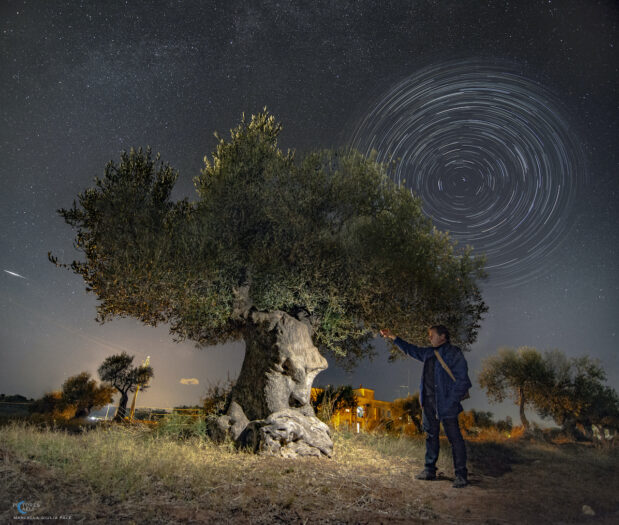
A Ginosa (Puglia-Italia), c’è un ulivo millenario il cui tronco ha la forma di un volto di un uomo anziano e saggio, scolpito dalla natura nel tempo. La gente del posto lo ha chiamato “l’ulivo pensante”. Un ulivo che pensa da oltre mille anni.
In tutti questi anni l’olivo avrà visto molte cose cambiare intorno a sé, sia in terra che in cielo.
Si ritiene che la coltura dell’olivo risalga intorno al VII sec. a.C. e un ruolo determinante hanno svolto i primi flussi migratori greci, con una forte espansione nel corso della dominazione romana della superficie olivetata.
Sicuramente, quando l’olivo fu piantato, la posizione della stella polare di allora era spostata di alcuni gradi rispetto ad oggi e anche l’equinozio avrà avuto uno spostamento considerevole lungo la linea dell’eclittica.
Per questo motivo, ho realizzato 2 versioni di questo lavoro fotografico:
- L’ulivo e il cielo con la traccia delle stelle.
Si tratta di 3 ore di ripresa complessive, 320 scatti eseguiti dalle 6:56 pm alle 9:01 pm 20 sec.
- L’ulivo e il cielo con le stelle fisse, così come si presentava alle ore 20:13 pm nel momento in cui è apparso in cielo un bolide.
Su questo scatto ho sovrapposto un alone che svela le stelle presenti in quella posizione ma in movimento. Si tratta quindi della traccia (somma di 320 scatti in 3 ore) delle stelle circumpolari più prossime alla Polare. Ho scelto così di riportare tutti i tempi presenti in uno scatto: gli oltre mille anni dell’ulivo, le 3 ore di rotazione della Terra attorno al proprio asse, i pochi secondi che ha impiegato un bolide ad attraversare il cielo e l’attimo di posa di uno dei tanti ben meno longevi uomini, che si è soffermato ad indovinare i pensieri di questo ulivo… pensante.
In Ginosa (Puglia-Italy), there is a millenary olive tree whose trunk has the shape of the face of an elderly and wise man, sculpted by nature over time. Locals have called it “the thinking olive tree.” An olive tree that has been thinking for over a thousand years.In all these years this olive tree must have seen many things change around it, both on earth and in the sky.
The cultivation of the olive tree in Puglia dates back to around the 7th century BC and the first Greek migratory flows before and the Roman domination after, played a decisive role in the olive growing area.
Surely, when the olive tree was planted, the position of the North Star at that time was a few degrees shifted as compared to today’s relative position and the equinox also has had a considerable shift along the ecliptic line.
For this reason, I made 2 versions of this photographic work:
– The olive tree and the sky with the Star Trail.
This is a total of a 3 hours shooting set, 320 shots (20 sec) taken from 6:56 pm to 9:01 pm
– The olive tree and the sky with fixed stars, as it appeared at 8:13 am when a fireball appeared in the sky.
On this shot I superimposed a halo that reveals the trace of the circumpolar stars closest to Polaris. So I chose to condens in one shot all the times: the over a thousand years of the olive tree, the 3 hours of rotation of the Earth around its axis, the few seconds it took a fireball to cross the sky and the moment of pose of one of the many less long-lived men, who stopped to guess the thoughts of this… thinking olive tree.
Pareidolia is the tendency to interpret the appearance of an observed object as something else, known to the observer. Pareidolia is to recognize a swan (a Cygnus) on the vertical of a millennial olive tree that thinks about what Pareidolia is.
Pareidolia: EPOD December 2019

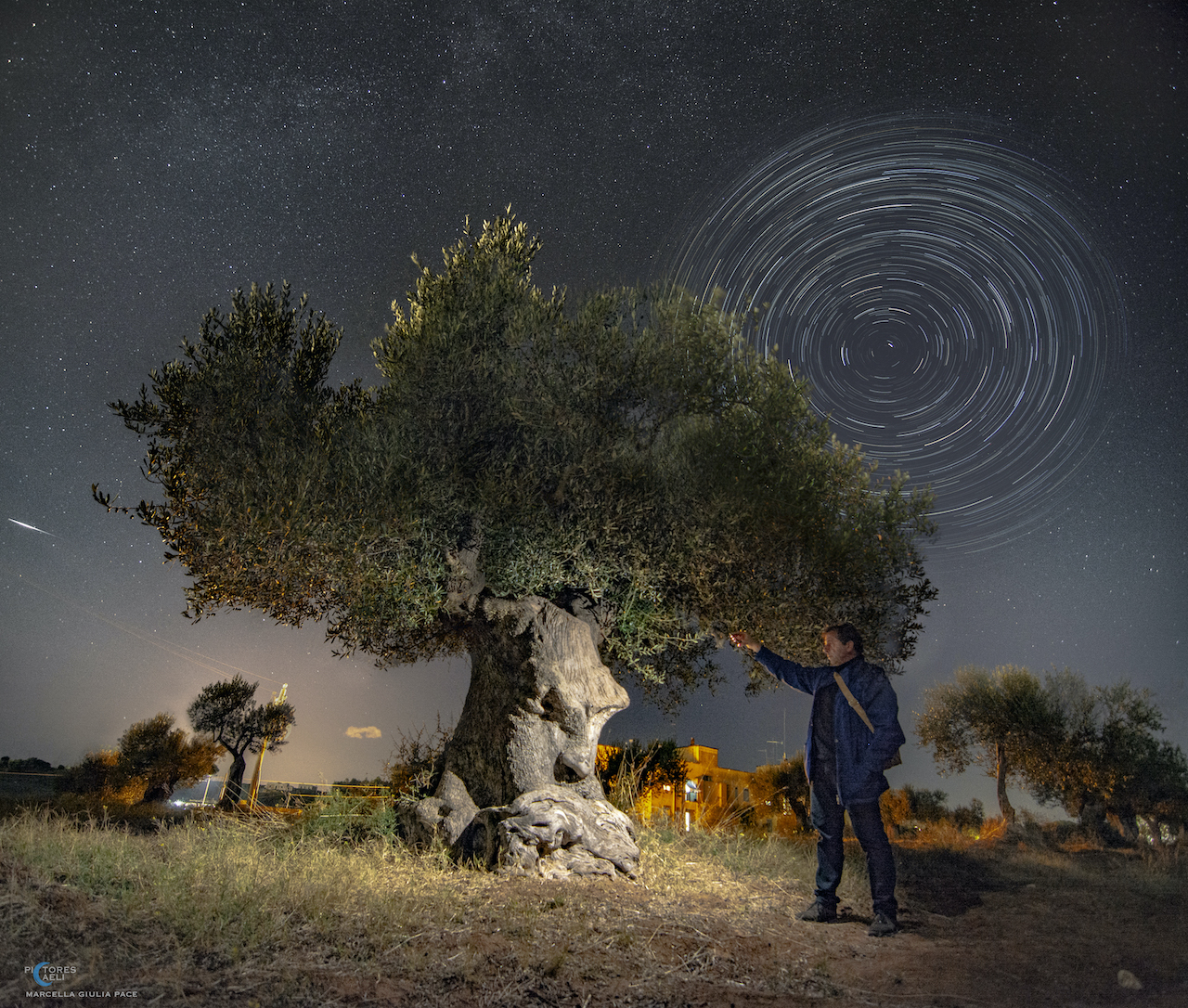
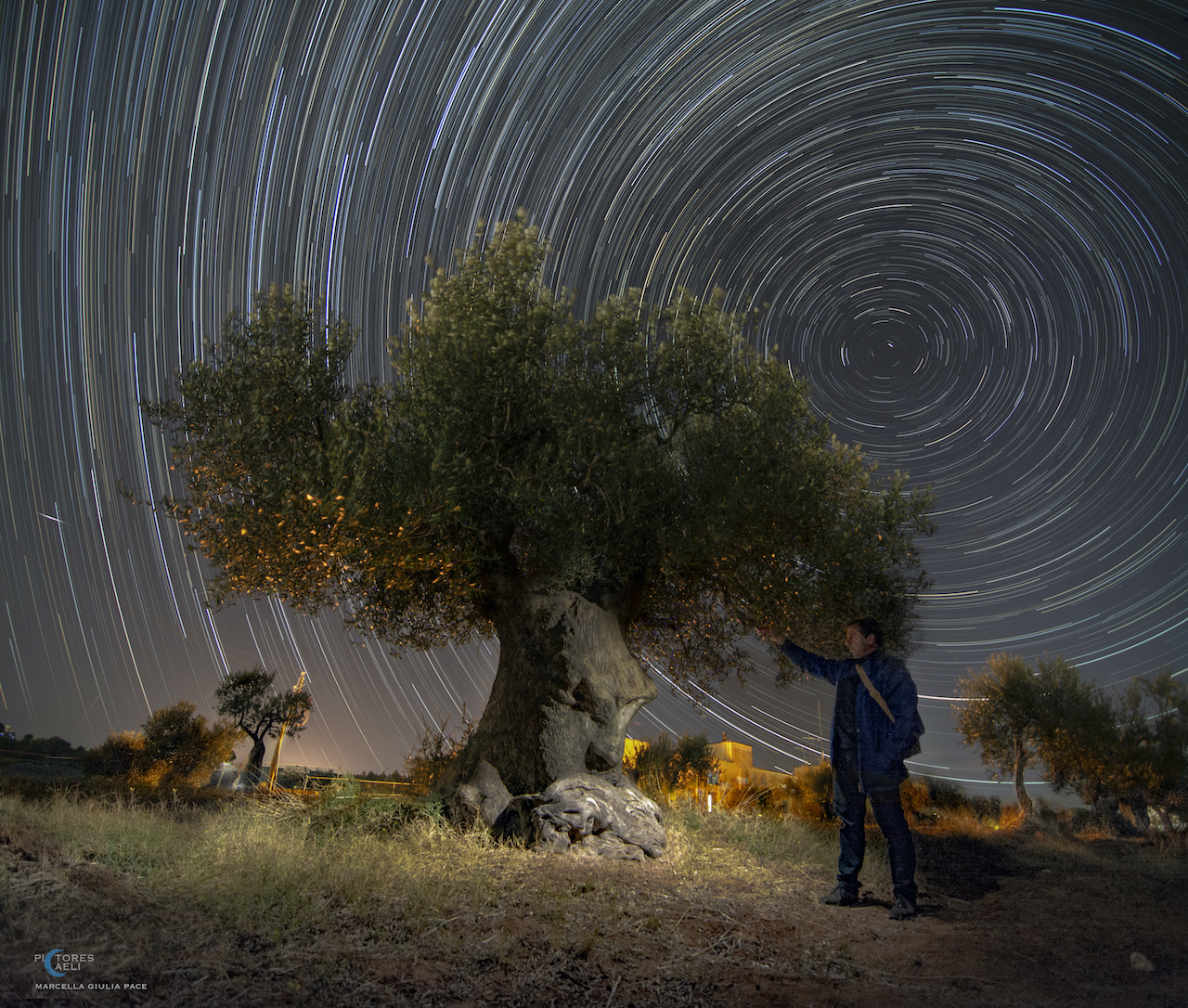
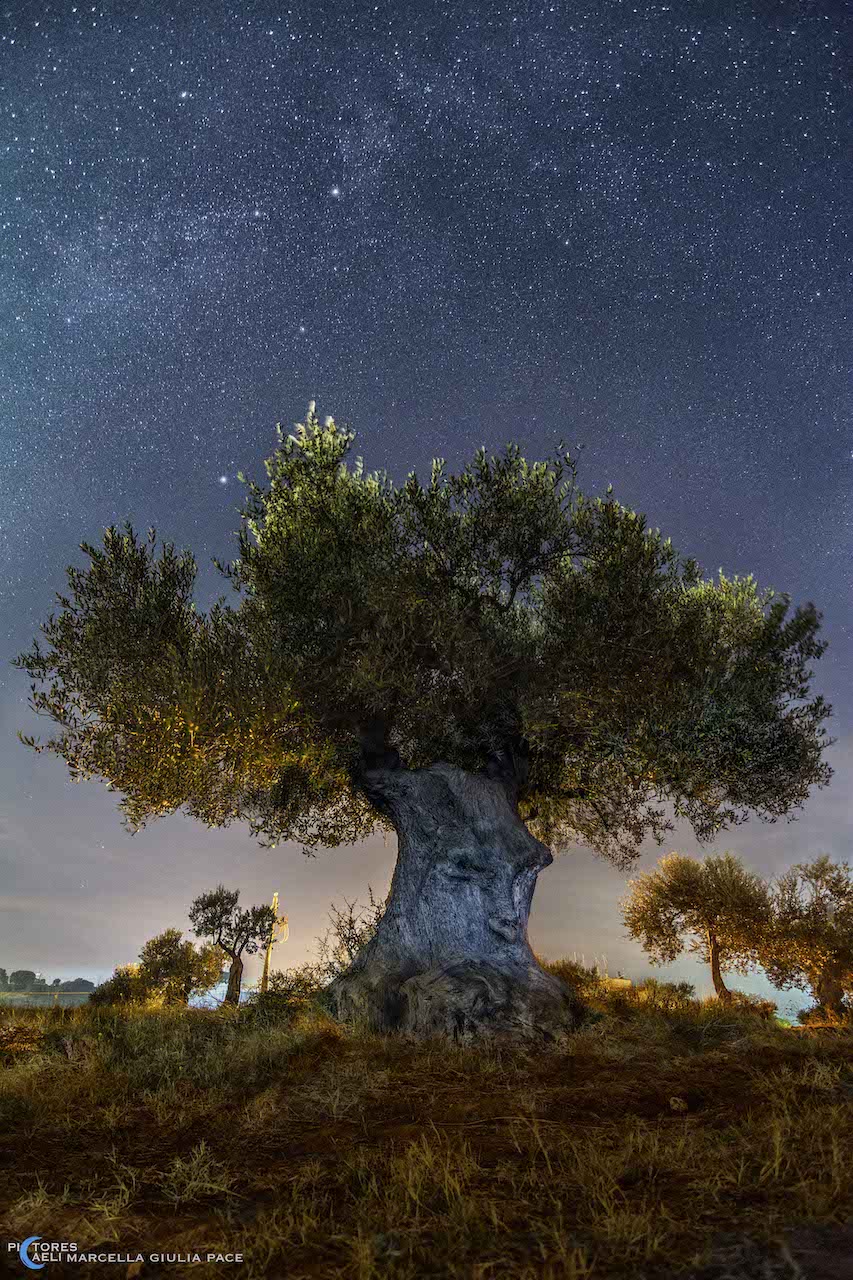
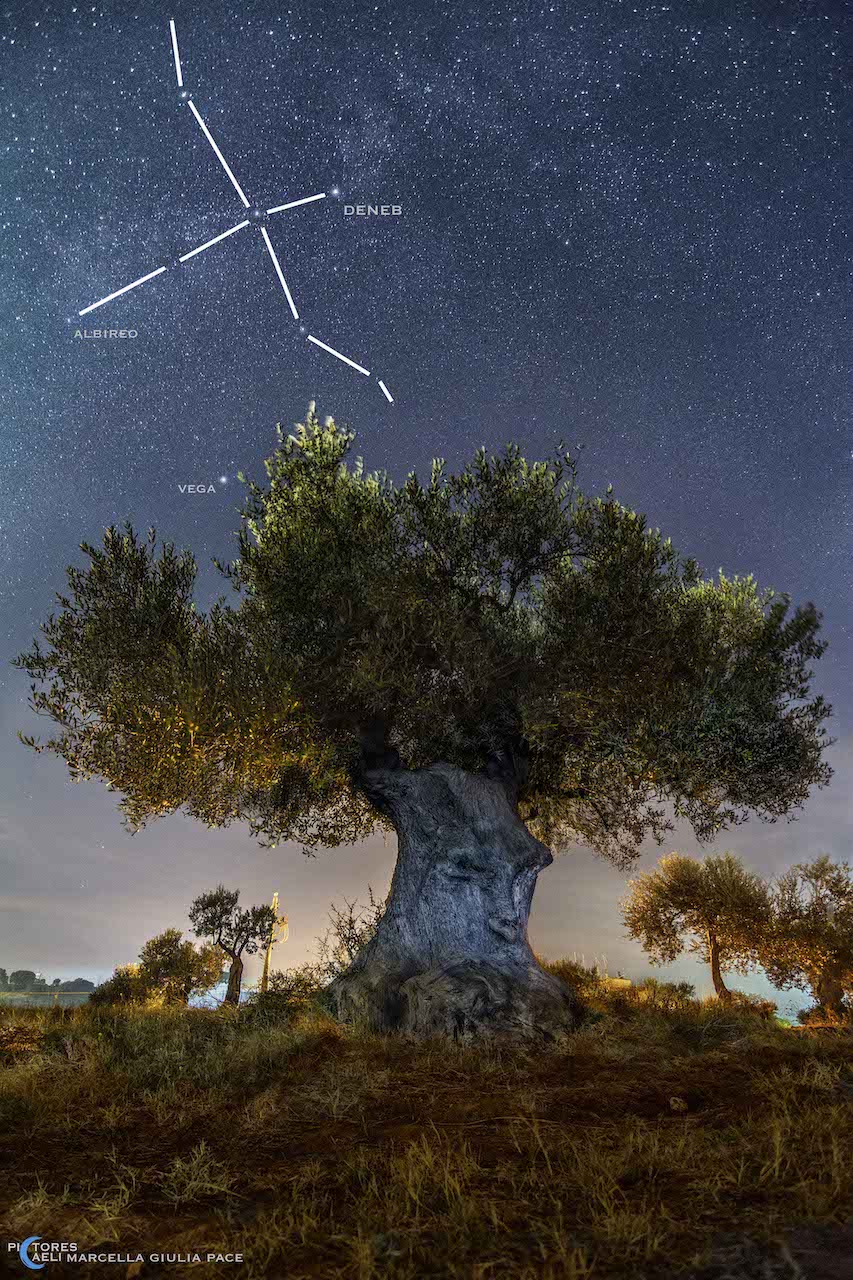
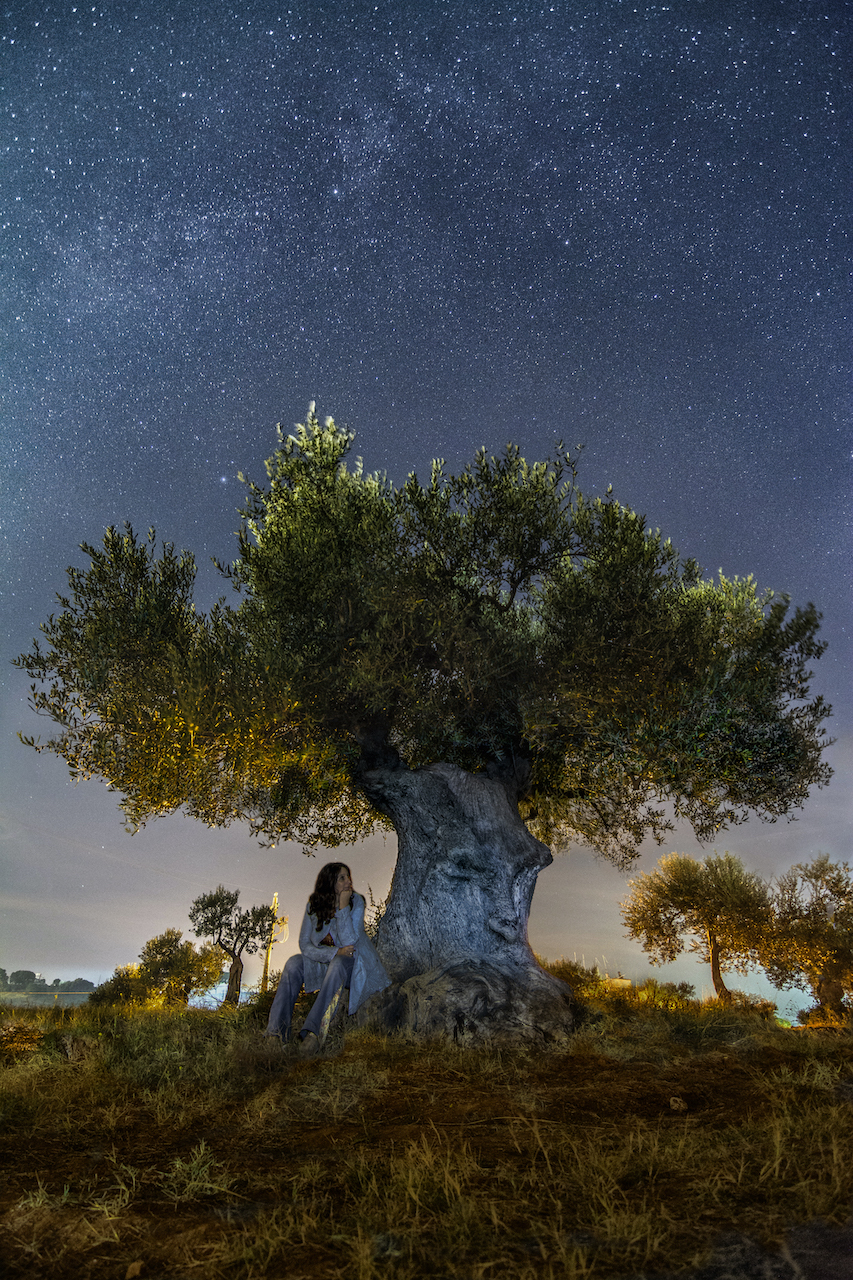



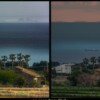

Recent Comments